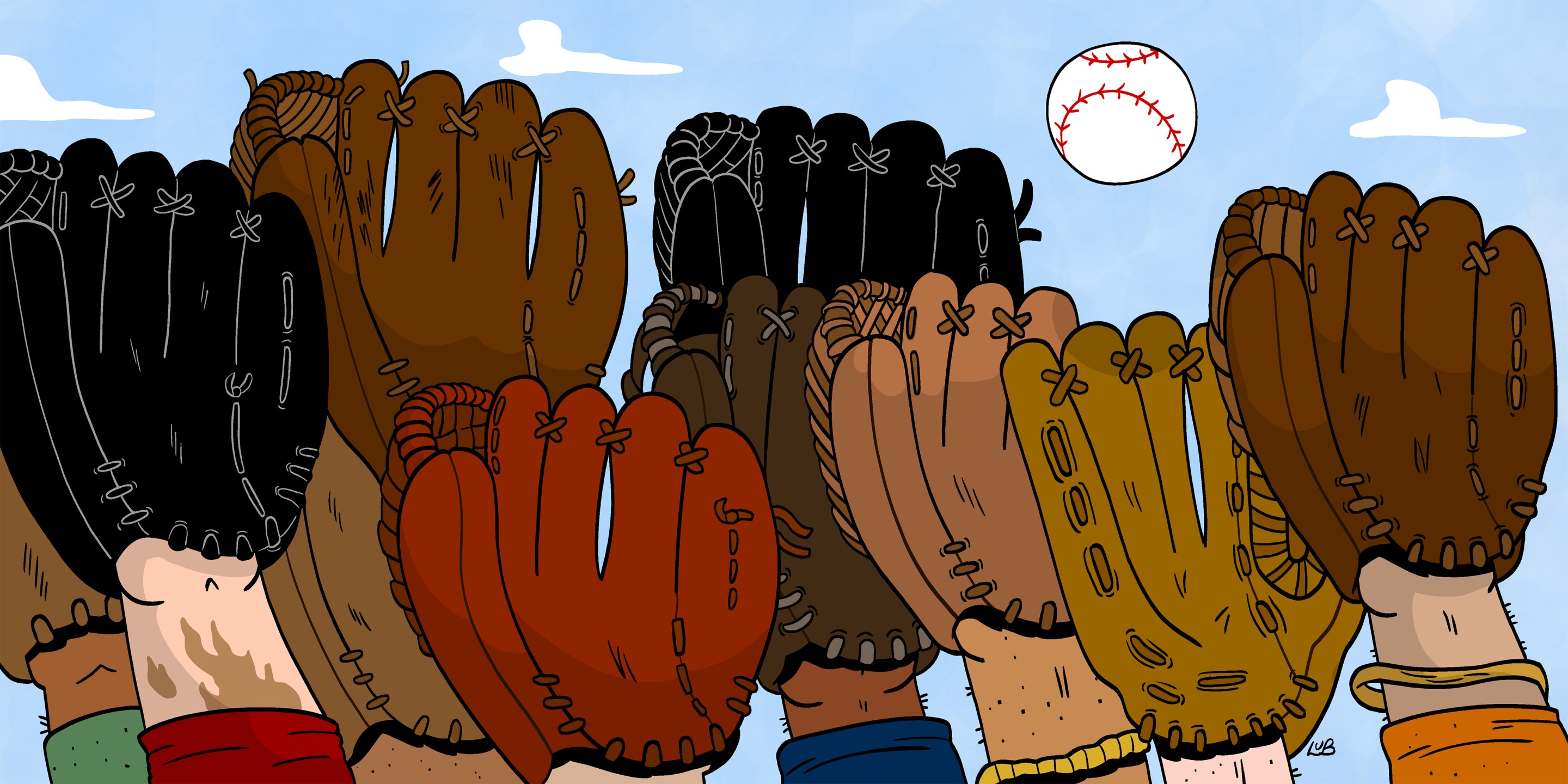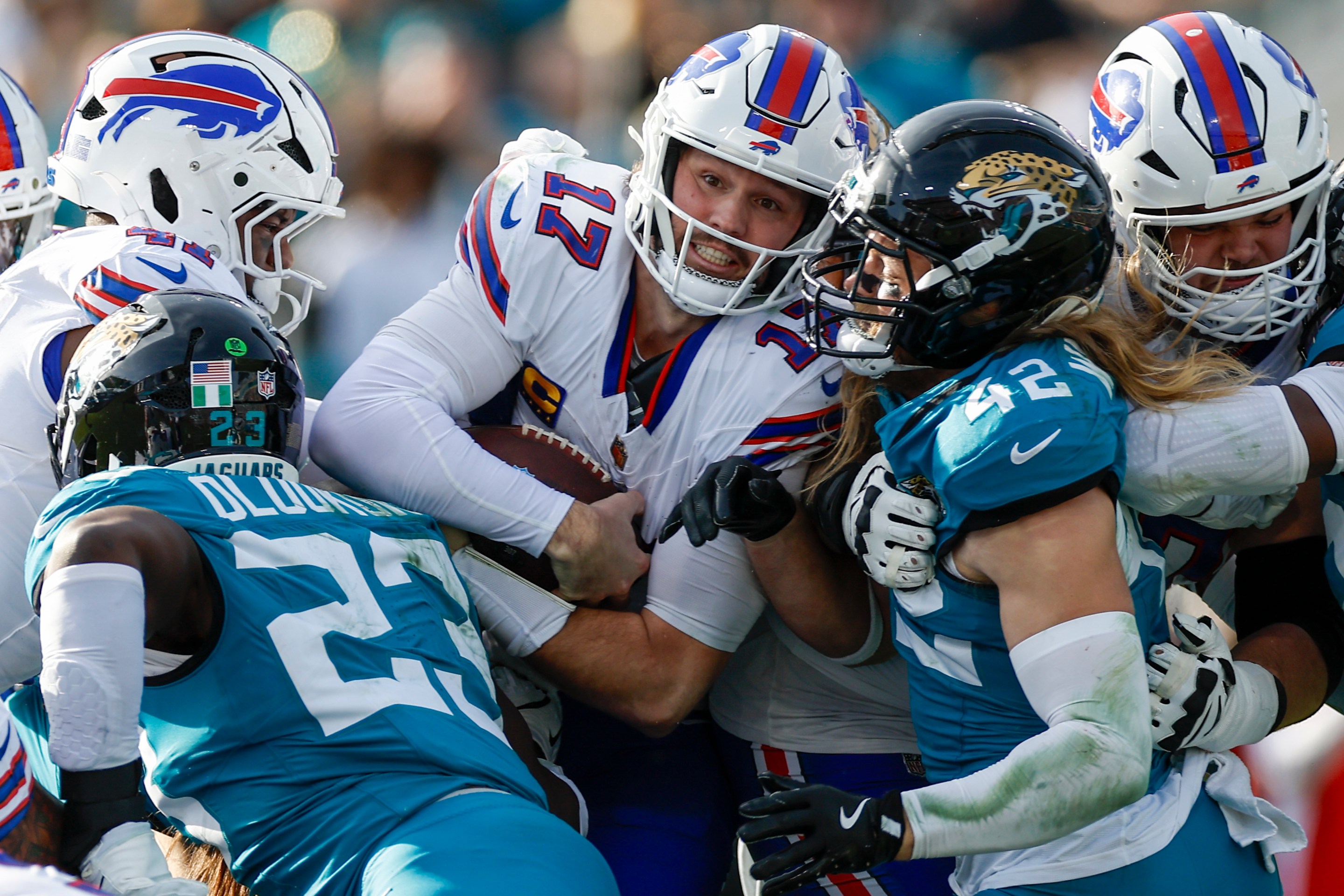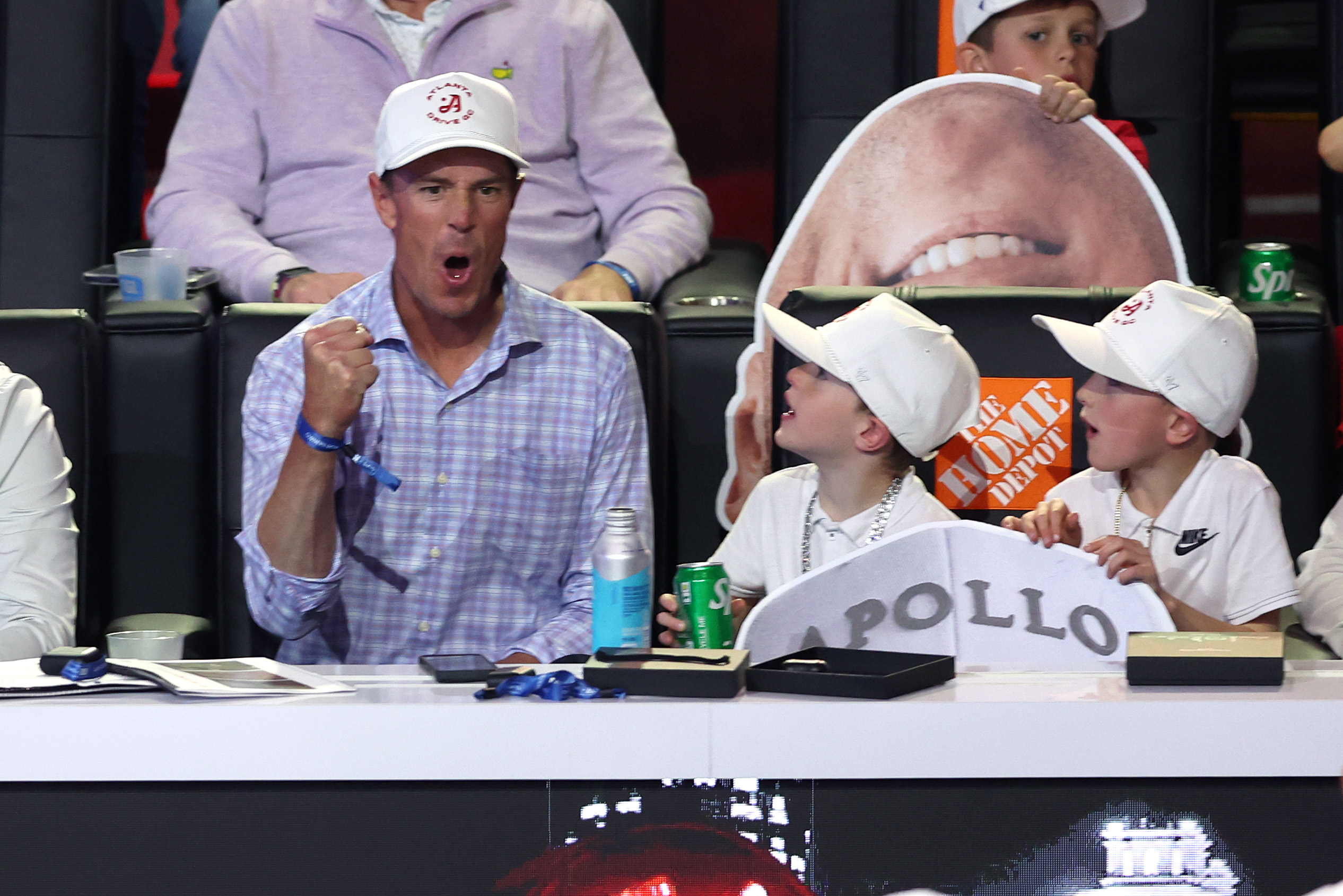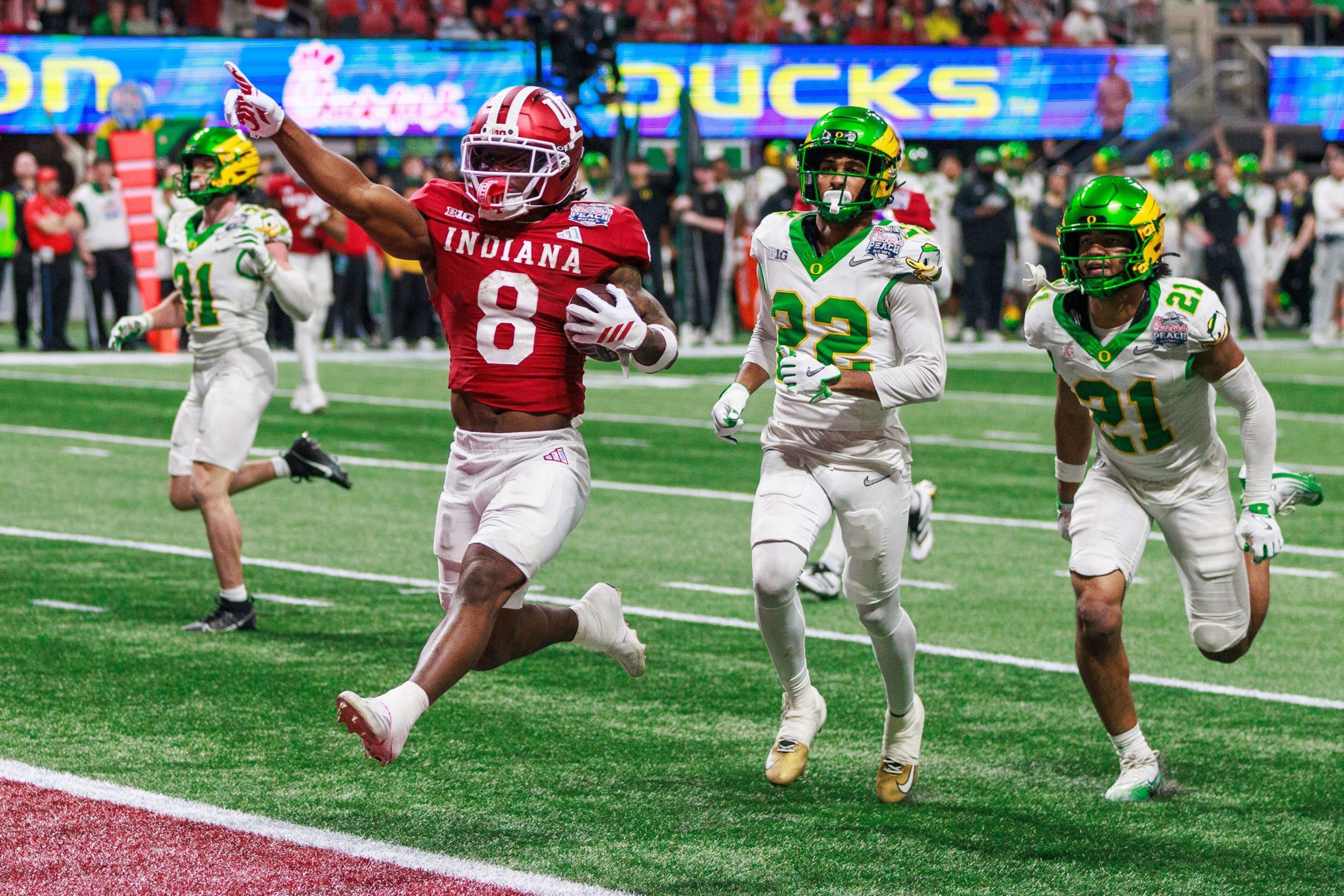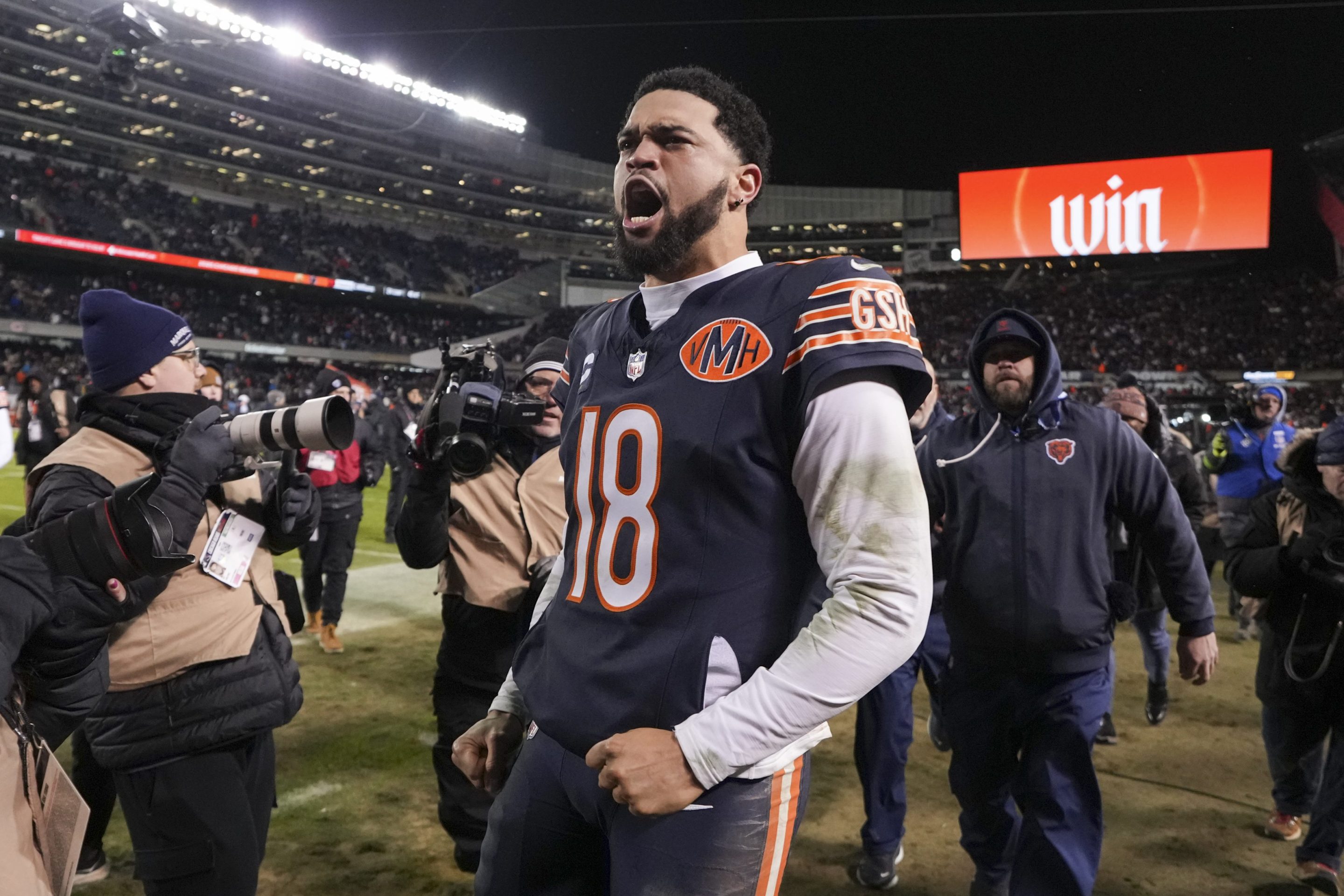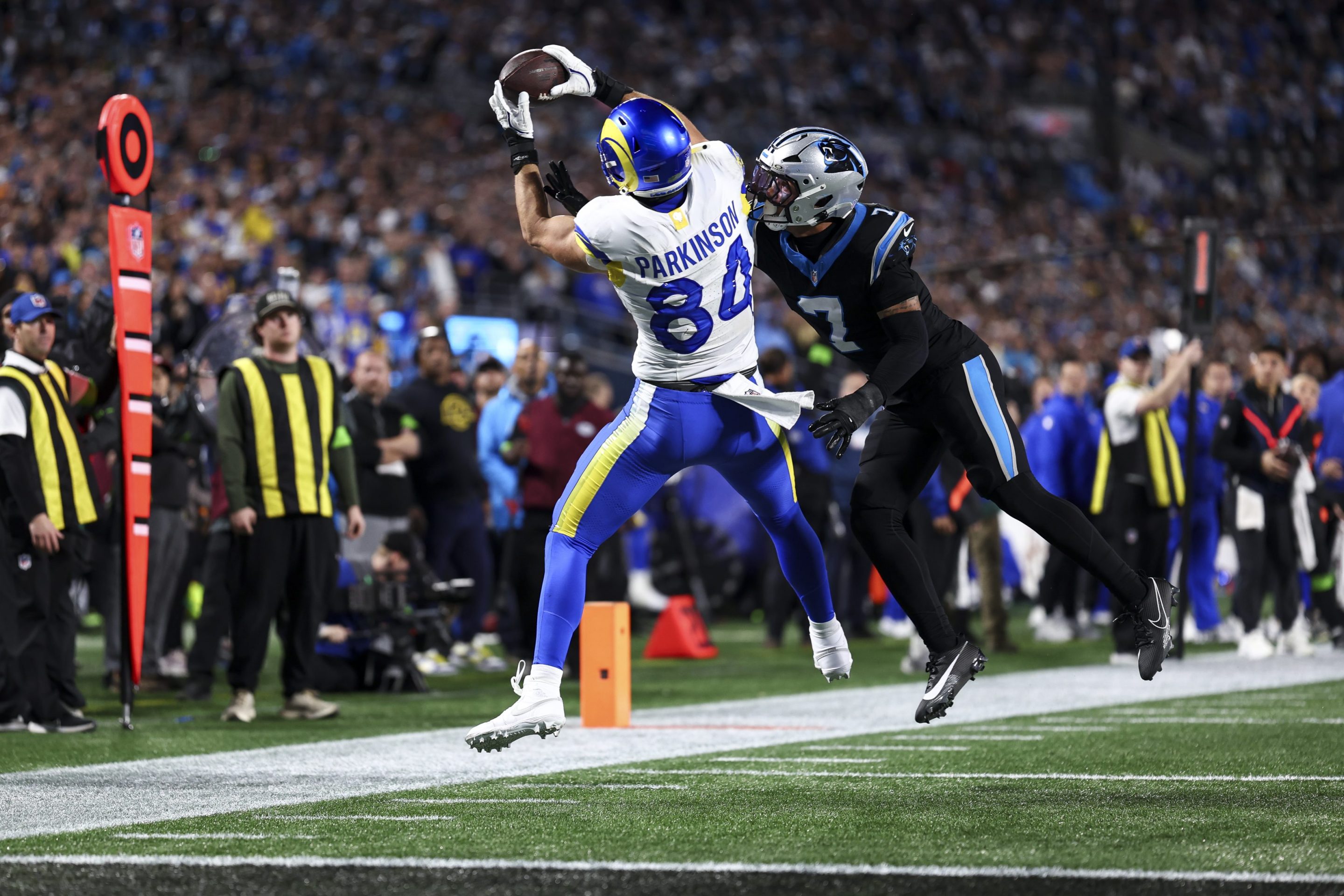The days leading up to and immediately following the 20 rounds of the Major League Baseball draft are some of the most intense and stressful in the baseball calendar. The games that big-league teams are playing around then have a familiar bleary early-summer insignificance, but their front offices are sifting through data and scouting reports before drafting a combined 600 players to try and set the course for the future of the franchise. The 2024 draft introduced a new element of stress into this equation, with new organizational rules limiting how many players a team can have in their system. Per these rules, for every player drafted and signed, another must be cut. “You have to ask yourself a question as you’re going through a 20-round draft,” one team employee told me. “Who is this guy that I’m drafting replacing in our organization? You have to have around 20 guys that you’re willing to let go of.”
When Major League Baseball and the Minor League Baseball Players Association ratified their bargaining agreement prior to the 2023 season, the league agreed to improve living conditions for minor leaguers, offering a higher quality of food, giving them the rights to their name, image, and likeness, promising not to cut any more minor league teams for the duration of the agreement, and paying out dramatic increases in annual salary. The league agreed to all that under one condition: the ability to cap a team's domestic rosters, first at 180 players in 2023 and then at 165 for 2024 and beyond.
Over the course of just two seasons, organizations have gone from having the ability to employ as many players as they want, to a hard limit of 165. This move has left players scrambling to process that new reality and hang onto their careers. “What I’m dealing with is this idea that you come up with, usually by seeing how other careers have gone, knowing, ‘I’ve built this resume that’s good enough to entice an offer, compete for a job in spring, or hold a job in Triple-A until you’re 30 or so,’” Michael Hermosillo said from his home in Arizona. Hermosillo has played parts of five seasons in the big leagues, and spent last season in Triple-A with the Yankees; he thought he knew where he stood in his career, until he didn’t.
“With all these rule changes, things came a lot quicker than I and a lot of other guys expected,” Hermosillo said. “Even as prepared as I was, it was definitely hard to initially accept that these offers weren’t coming in.” This year, without any offers from affiliated baseball, Hermosillo is working out at home, mulling a career in aviation, and keeping himself ready for any potential job offers.
“Last year, I had vague interest when I was injured and still had to finish doing Tommy John rehab,” said Tom Hackimer, a former Mets and Twins farmhand. He spoke from a hotel in Laredo, Texas where he plays for the Mexican League’s Los Tecolotes. “And now I’ve had basically none this year with the smaller rosters.” Hackimer had one of the best ERAs in the league this season, where the quality of play roughly equates with Triple-A levels, but generated little interest.
“I’m healthy, I’m showcasing better stuff than I ever have while competing in a relatively respected league and performing relatively well,” he said. “What I’ve heard from my agent is that the only thing teams are looking for in terms of pitching is starters, since they can cover more innings while only using one spot.”
“Sometimes it doesn’t matter how you’re playing, it’s just kind of the way the game is,” Delino DeShields Jr. told me before suiting up for a Charleston Dirty Birds game on Long Island. “For me, I think it’s more a time element than anything. With close to six years of service time in the big leagues, I’m an expensive guy to have around with limited spots. It sucks to feel like you got pushed out, but you can only control so much. That’s why I haven’t stopped. I’ll go out there and compete with anybody.” DeShields, now 31, played 12 games in the Mariners system last year before spending the past two seasons stealing 48 bases over 102 games in the American Association and Atlantic League.
In baseball, every move is supposed to be made with future benefits in mind. Fans of a rebuilding team can be talked into multiple 100-loss seasons because of the successful tank-to-contention overhauls of the Astros and Orioles. The pitch clock made games quicker and more palatable for viewers, and limiting pickoff attempts reintroduced the stolen base. The idea was to get more baseball into every baseball game, in the assumption that fans would keep coming back for the fun stuff. In the case of the cap on minor league employment, though, that pursuit of a better future is nowhere to be found. The short-term benefit—some marginal cost savings on minor league salaries, mostly—comes with obvious long-term risks for both the strength of the minor league product and the broader endeavor of developing future big-leaguers.
Ben Braymer made his MLB debut during the COVID-warped 2020 season, and is now pitching in the Chinese Professional Baseball League for the Fubon Guardians after spending time earlier this summer with the High Point Rockers in the Atlantic League and the Mexican League’s Toros de Tijuana. His last experience in affiliated ball came in Triple-A with the Rockies in 2023. As he sees it, the business considerations that led the league to push for these changes have made his return to affiliated baseball, and the big leagues, that much harder.
“I think I was squeezed out of Triple-A because I was just inconsistent in my performance,” Braymer said. “Now, you know, if this were seven years ago, maybe I would have had more of a leash to work with. With minor leaguers making better money now, which is awesome by the way, it puts a lot more pressure on the struggling guys and the quad-A guys to be worth that money to a team. If you’re an executive, you’re probably pushing a cheaper guy up a level rather than paying a bit more for that older player. Business-wise, I get it.” This does not necessarily serve the organization well, and is unlikely to help the minor league team testing the limits of the Peter principle, but it does save some money on salary, even if the difference would barely qualify as a rounding error on a big league budget.
“The concept of making things a little bit worse to make them a little bit cheaper is very common at this point,” Jarrett Seidler, a senior prospect writer at Baseball Prospectus, said of the new limits. “It’s the McKinsey-ification of society. I just don’t know why it’s happening here. We're talking about, you know, tenths of a percentage of a team's overall annual expenditure to legitimately make player development worse, when the goal is supposed to be to develop the best ball players we can.”
The ways that this has impacted minor league baseball’s developmental capacity go beyond veteran players getting squeezed off Triple-A rosters, too. Coming into the 2024 season, Jackson Holliday was ranked as the No. 1 prospect in baseball by Baseball America, MLB Pipeline, and Baseball Prospectus; he slugged .600 in spring training at 20 years old, and was one of the Orioles’ final roster cuts. After a few weeks of treating Triple-A as his playground, Holliday was called up and promptly recorded two hits in 36 trips to the plate, striking out in half of them. In his meeting with the media after demoting Holliday, Orioles General Manager Mike Elias referred to the widening gap between the majors and the minors as a possible reason for the struggles. Speaking to the New York Times, Cleveland Guardians President of Baseball Operations Chris Antonetti was more explicit in naming org limits as a reason for the increasing space between the rungs on the sport’s developmental ladder.
“Some of the players (who) have gotten squeezed out are the Triple-A veteran or the guy that has two or three years of Major League service but hasn’t really established himself,” Antonetti said by way of explaining the downturn in Triple-A play. As those veterans and Major Leaguers are cast aside, the only way to fill those spots is to aggressively move prospects up into those holes. Suddenly the first big league-quality slider that a Jackson Holliday type faces isn’t Robert Stock’s in Norfolk—it’s from Kutter Crawford at Fenway Park.
When Holliday was five years old, his father was a member of the Oakland Athletics. The younger Holliday spent most of the summer of 2009 at the Oakland Coliseum with a bat in his hand. Jack Cust was also on that 2009 Oakland squad; since retiring, he’s worked with various future Major Leaguers at Diamond Nation, a baseball academy he founded with his father and brothers. Cust told me that Holliday’s ascent to the majors led him to throw himself back into watching MLB; when that stint ended less than two weeks later, he had some questions.
“When you call a guy up, especially a top guy, it’s because you think they’re ready for the majors,” Cust said. “So when I read [Holliday] got sent down, I was surprised. To go from getting called up to experiencing your first failure and getting sent right back down like that, it’s really tough, mentally.” Like Antonetti, Cust wondered whether the process that was supposed to get Holliday ready for the bigs had let him down. “If there’s that big a gap between the minors and the majors, something has changed.”

“I don't know if Jackson Holliday would have had the same problems no matter what,” Seidler told me. “But maybe if he sees better fastballs and better breaking balls in Triple-A, he has less of a harsh adjustment in the majors when he just started swinging through everything.” For years, the highest level of the minor leagues acted as the last checkpoint on the road to the majors, the place for a player to eliminate lingering struggles and work on solving the problems that the game sends in every player’s direction. In Seidler’s prospect evaluation, he subscribes to an idea of development that is being put to the test: You never want your first challenges and adjustments as a professional to be in the majors.
For Michael Hermosillo, moving from Double-A to Triple-A was the level that made him realize that he was starting to compete against the best of the best, and would have to adjust if the majors were going to be a real possibility. “The first time I got called up to Triple-A, I faced the Brewers’ and the Dodgers’ farm teams and I just remember the amount of veterans on those teams and how much of an adjustment it was for me,” he said, thinking back to rosters that boasted recognizable big-league names such as Brandon Morrow, Justin Masterson, Wilmer Font, and Michael Blazek. “Going from Double-A, where it was guys throwing hard to challenge you, to a level up where you have these 30-year-olds who were not only throwing hard but still knew how to pitch like a big-leaguer, that made the transition to the majors a lot easier for me. You might know what 98 looks like, but you don’t know what 98 with big-league control and strategy looks like.” Today’s Triple-A players still might not.
DeShields, the son of a longtime big-leaguer himself, agreed with Hermosillo’s assessment. “When I was coming up, when my dad was coming up, it was tough making that jump to Triple-A,” he said. “Now, if you’re in Triple-A playing against guys the same age as you, and then you’re expected to go to the big leagues, that can be overwhelming. Sometimes it’s too quick and some guys might not be able to recover—you’re just not ready for that. It does them a disservice.”
“How much better are you really getting against guys who aren’t good enough to be in the big leagues?” a Major League front-office employee asked me. “The young guys, teenagers like the Jackson Hollidays, the Junior Camineros, they’re so good [that] they end up reaching a sort of terminal velocity as far as development in the minors.” This, he said, is where the lack of veteran minor league talent really impacts the development of younger players—Holliday has hit well since being recalled for a second time. During his disastrous first stint with the Orioles, he was both too good for the minors, but very clearly not yet ready for the bigs. “In the majors, there’s less patience to see results at the same time as these guys are being pushed,” the front-office employee said. “That exists for No. 1 prospects and guys who just got drafted. It’s sink or swim, and you can see very quickly how priorities change.”
The younger and older players who have found themselves playing outside of affiliated baseball have found themselves in a strange sort of parallel baseball universe. Check any Atlantic League or Mexican League roster and you’re bound to find the sort of one-step-away talent and recognizable big-league names that once called the highest level of the minor leagues home. In Charleston, DeShields found himself in a disappearing role: the veteran eye.
“There are times when you see guys here stealing bases just to steal bases,” said DeShields, the owner of 111 Major League stolen bases and another 401 across the minors and other leagues. “There are ways to read pitchers, leads you take without even thinking about taking second or third base, ways to get in a guy’s head—things you don’t learn without it being passed down.” Though it’s not in affiliated ball, he’s enjoying the rewards of being a mentor all the same. “I feel like there’s so much I can still give back to the game, to a player at that level,” he said. “I’m staying in this game until my spirit is like ‘All right, brother, there are better ways you can get that fulfillment.’”

In the Mexican League, where longstanding limits on the number of foreign players a team can roster were lifted over the offseason, Hackimer found himself on the other end of the equation as the pupil. “Our team in Laredo has a lot of those kicked-around-the-big-leagues types, and they’ve been very big on trying to teach us those lessons you learn in playing baseball at the highest level,” he said. “Donnie Hart has taught me more since I’ve been here about reading hitters and pitch selection than I think I was ever really taught in all my time in affiliated baseball. Even if, as a team, you know this is a guy who won’t make any impact at the big-league level, having a Donnie Hart around in the minors would have tremendous benefits on anyone who listens to him for even a couple minutes.”
Braymer had similar experiences. “There were times in my first few months [in Triple-A] with Fresno where I’d get roughed up and guys like Scott Copeland, Logan Ondrusek, J.J. Hoover, Collin Cowgill—they’d come up to me and just offer that word or two of encouragement or even have a quick conversation about nothing at all related to baseball,” he remembered. “I’m incredibly grateful for the little things like that from established guys. It’s also slightly disheartening because at that time, those guys were probably around my age, 30 or older, and the entire premise of this story is that you don’t see that anymore. I think it’s something that younger guys might not appreciate, or realize that they lost.”
Baseball is a business, but it is more specifically an entertainment business, and one whose greatest qualities exist on a human level. When I spoke to Richard Lewis about the Brooklyn Dodgers shortly before his death this year, it was impossible to miss the extent to which every name he mentioned seemingly turned him back into a kid on the streets of 1950s New Jersey. His childlike wonder at Gil Hodges, gratefulness for Sandy Amorós, and begrudging awe of the well-oiled machine of the New York Yankees hadn’t faded after more than half a century. Loving the players of your youth and adulthood is both what makes baseball baseball and what makes it a viable business in the longer term. It’s something people care about, and what’s valuable about the game is inextricably bound to how and how deeply people value it.
When Mike Piazza left the Mets after the 2005 season, I kept track of his career through the primitive MLB.TV application of the mid-aughts as he landed in San Diego and, eventually, Oakland. After Piazza separated his shoulder in May of 2007, the Athletics purchased Jack Cust’s contract from the Padres to take the future Hall of Famer’s place in the lineup. At the time, the 28-year-old Cust was in his 10th professional season and changing organizations for the fifth time in as many years. In his first 13 games in Oakland, Cust hit .310/.500/.929 with eight home runs and 20 RBI. Suddenly, I didn’t care that Mike Piazza was gone. Jack Cust was there.
In 2007, Cust was one of the top sluggers in the American League; immediately before that, he was a minor league slugger in his late twenties with mixed results for four teams during small parts of five big league seasons—something very much like the type of player currently getting squeezed out of the minors. “It’s weird to think about,” Cust said when I asked him about this. “I like to think I’d still be seen and valued as someone worth having, as a guy with big-league experience and performing well in the minors, but it’s not a question I ever really considered. I was always productive, so I always ended up with that ‘chance’ to break camp even if I never really stuck with a team for long after Arizona. It’s all hypothetical.”
For Cust and all the other players I spoke to, at some point the conversation shifted away from themselves and towards the Guys that are the lifeblood of baseball. Coming up with Arizona, Cust’s first days in the majors were spent side by side with players drafted in rounds that no longer exist. On the championship 2001 Diamondbacks, Alex Cintrón, now a World Series champion hitting coach and perennial managerial candidate, was a 36th-round pick, as was 26-year-old second baseman Junior Spivey; outfielder Jason Conti was a 32nd-rounder. “Those guys, who they were as people and what they represented,” Cust said, “that’s baseball at its best.”
While these outwardly marginal players are the ones that make the game work, they also sometimes develop into something that far exceeds their prospect pedigrees. Max Muncy, who many of the players I spoke to mentioned, was 26 in the spring of 2017, just released by the Oakland Athletics and the owner of a .611 OPS across 96 games in the bigs. Nearly a month later, the Los Angeles Dodgers signed him to a minor league deal; 18 months after that, Muncy had a 161 OPS+ season, represented the Dodgers in the Home Run Derby, and was circling the bases after hitting a walk-off home run in the third game of the World Series. The manager who met Muncy in the dugout was Dave Roberts, a 28th-round pick who played his first full Major League season at age 30, for his third organization. Turning those sorts of players into valuable big-leaguers is also an efficiency. “There are Reed Garretts everywhere for those with the eyes to see,” Hackimer said, referring to the Mets reliever enjoying a breakout season after getting his first sustained shot at age 31, with his fifth big-league organization.
For the players on the field and trying to make their way back to affiliated baseball, there’s nothing to do but stay positive. Near the end of our chat, Hermosillo said, “I mean, I’m a very optimistic person. But at the same time I’ve seen enough examples of things to understand what’s probably coming. It’s not going back, we have to make the best of what the system is now.”
From Tijuana, Braymer echoed that assessment. “I understand completely why people feel angry about all of this,” he said. “But for me, feeling any anger or resentment towards the game is a waste of energy. There’s a passion and love for this game that can’t be cut down by rule changes or being a business. It’s a shame what’s happening, because this really is still a beautiful game.”
“The efficiency aspect starts from the top; you’re not going to change the pursuit of profits,” the front-office employee told me. “I don’t think you’ve necessarily seen the last of this kind of stuff. Eventually they’re going to ask, ‘Why are we spending this money for the Dominican Summer League? Let's bring them stateside.’ Or ‘Why are we spending millions on foreign 16-year-olds? We should just have a draft.’ All in all, it’s chasing a pretty ledger. You can’t help but feel cynical looking at the state of the game, but it could be worse. You can look at that in a good way, or in an ‘Oh gosh, this might get worse’ way. Either works.”
